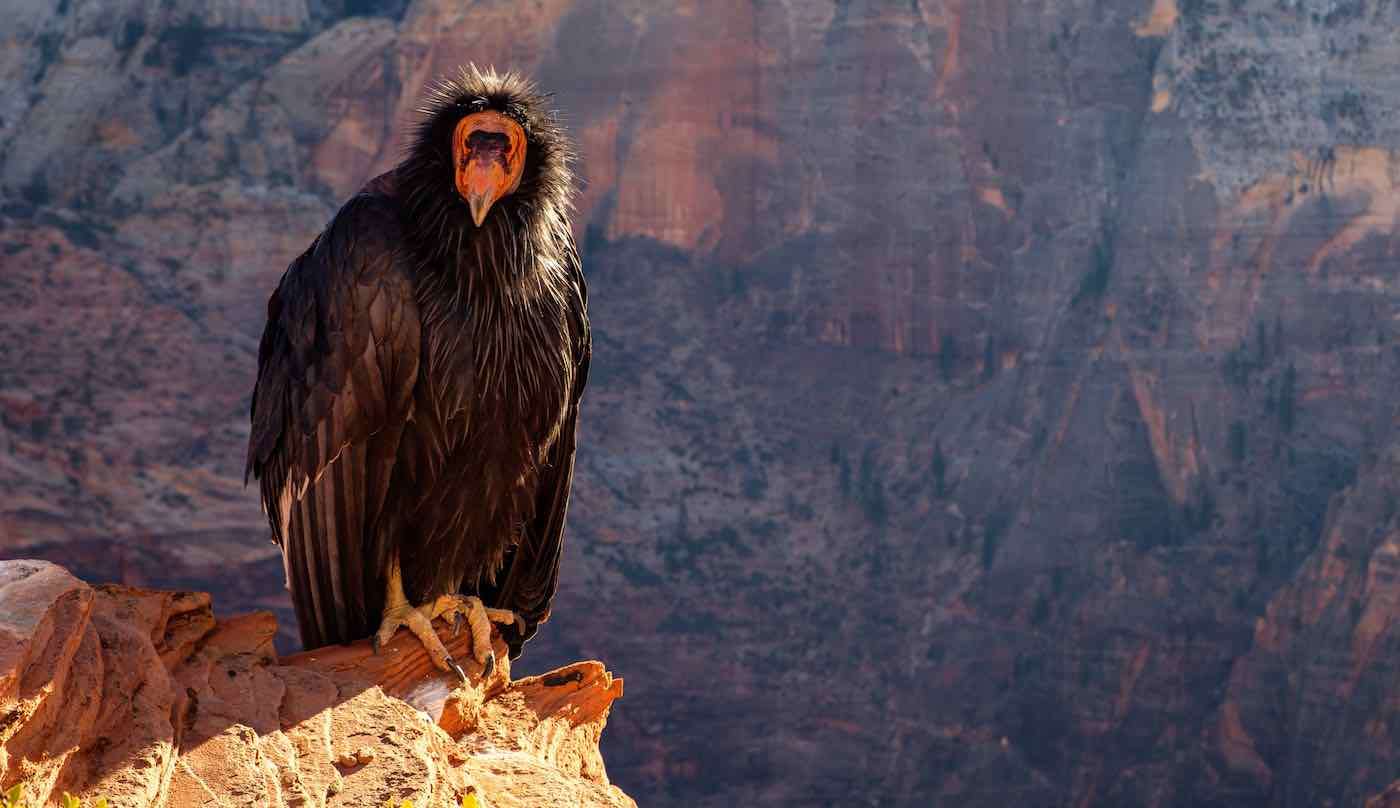Rare Canadian Cat Has Thumbs Making His Paws Look Like Cute Mittens
Meet Teddy, the adorable polydactyl cat who was born with extra toes that make his front paws look, like human hands

The temptation to quote Jurassic Park must have been irresistible for conservation scientists at a San Diego Zoo breeding program for critically-endangered California condors, when it was discovered that two females had conceived through "parthenogenesis," also known as a virgin birth.
The scientists looked around at the 467 males to see who might have mated with the birds, and announced the first virgin birth ever observed in condors only after every male in the breeding program was tested.
Furthermore, it was the first time asexual reproduction was ever recorded where a female of any species was known to have access to a mate.
Only around 500 California condors live in the southwestern United States and in Mexico.
Several breeding programs, established for decades, are returning them to other parts of the country. The Yurok Tribe and the U.S. Fish and Wildlife Service announced two years ago they'd be returning the bird to the Pacific Northwest, including to Redwood National Park.
The phenomenon of parthenogenesis is extremely rare, but has been documented several times in other species, such as sharks, rays, snakes, lizards, and some others.
ð¨BREAKING NEWSð¨
— San Diego Boo ð» Wildlife Alliance (@sandiegozoo) October 28, 2021
Scientists at SDZWA discovered two California condor chicks have hatched from unfertilized eggs. This sort of asexual reproduction, known as parthenogenesis, is a first for the species and provides new hope for their recovery. Read more: https://t.co/m5MZhqt21l pic.twitter.com/vRxGbKZy2S
ð¨BREAKING NEWSð¨Scientists at SDZWA discovered two California condor chicks have hatched from unfertilized eggs. This sort of asexual reproduction, known as parthenogenesis, is a first for the species and provides new hope for their recovery. Read more: https://t.co/m5MZhqt21l pic.twitter.com/vRxGbKZy2S
It's a natural form of asexual reproduction in which an embryo that is not fertilized by sperm continues to develop, containing only genetic materials of the mother, usually when a cell fuses with the embryo and begins to act like sperm.
"This is truly an amazing discovery," said Oliver Ryder, Ph.D., Director of Conservation Genetics at San Diego Zoo Wildlife Alliance, who co-authored the study.
"We were not exactly looking for evidence of parthenogenesis, it just hit us in the face. We only confirmed it because of the normal genetic studies we do to prove parentage."
The chicks, both male, hatched in 2001 and 2009, and both mothers had previously raised chicks in the traditional way and would go on to do so again.
Parthenogenesis in avians has only been observed in turkeys in 1965 and 1968 and again in 1924 and 2008, in finches and domestic pigeons respectively, though the latter two eggs never survived to hatch.
It really captures what Jeff Goldblum's character in Jurassic Park meant when, upon learning the scientists had cloned only female dinosaurs, he warned that "Life, uh, finds a way."
LET Hopeful News Soar-Share This News With Others…
Be the first to comment